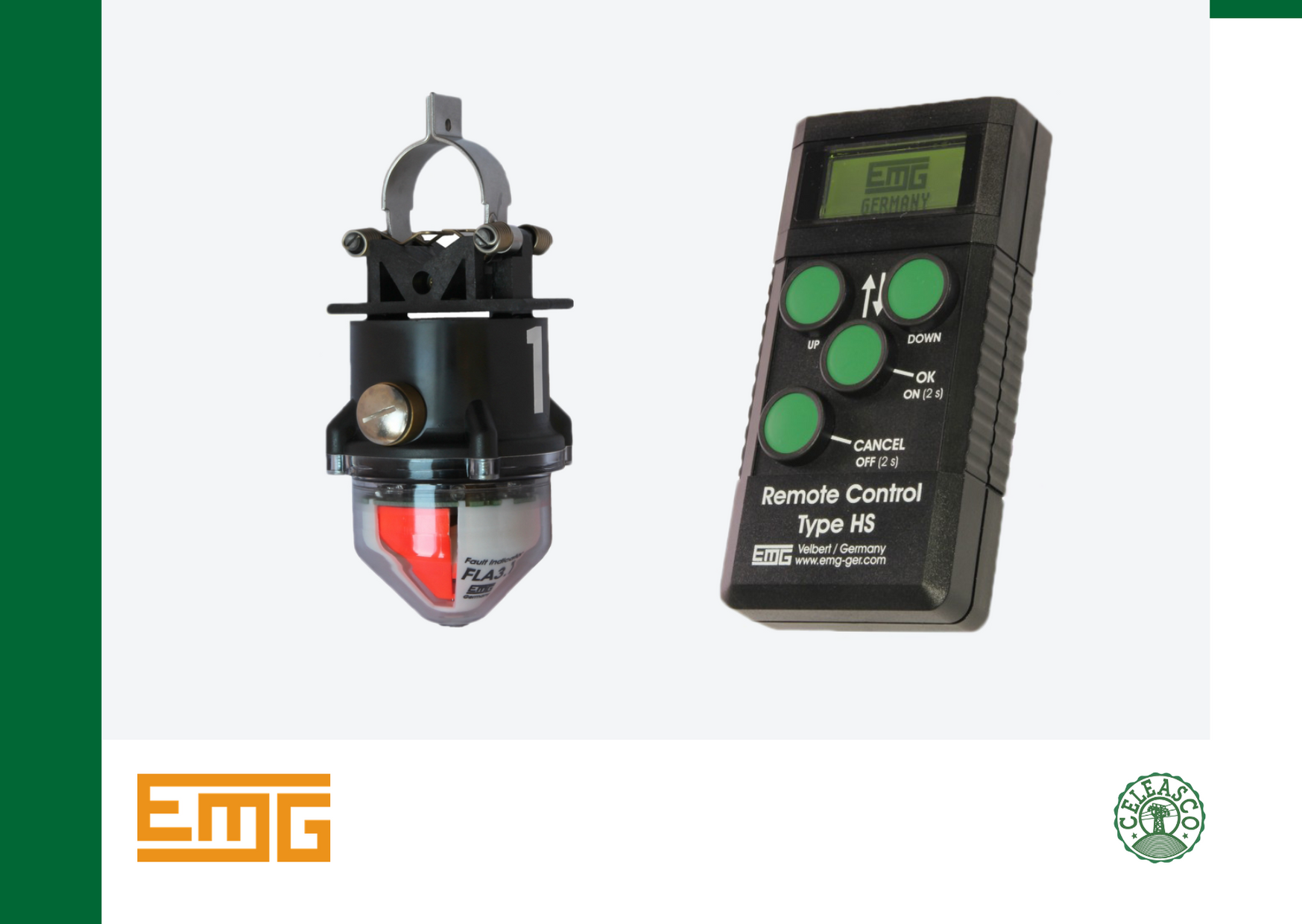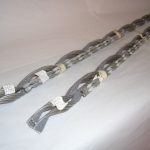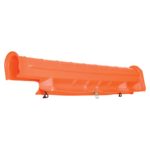Description
The fault indicator is used in overhead lines of a network. it can be mounted under live conditions with the help of an adapter and a hot stick. The fault indicator is completely self-sustained by the monitored network from a current flow of 20A upwards. The indication is done by six flashing LEDs for clear nighttime visibility and three red display areas for clear daytime visibility.
Fault Indicator
It can be connected to the remote indication interfaces type RIS-FR and RIS-FS. This allows an easy-to-install remote indication solution for the overhead line indicators. The fault indicator stands out for the great flexibility of the adjustments that can be done. Besides the basic settings of the indicator like trip current, response delay, reset time, etc., the fault indicator can be adapted to auto-reclosers in the network. This provides for an optimized fault indication and also allows the indication of different fault types. Permanent and temporary faults can be distinguished and indicated separately.
The bidirectional connection between the remote control and the fault indicator allows to read out the present current of the monitored network with the remote control at any time.
Advanced fault detection
Provides two methods to detect faults. The absolute threshold detection method works with a selected fixed or an automatically calculated absolute threshold. This method can be disabled when not required.
Additionally, it provides a di/dt measurement method. This method analyses current load changes that happen within a certain amount of time. The level of load change can be adjusted.
A subsequent voltage loss is used as an additional criterion to assure correct detection of a fault. This method can also be disabled when not required.
Browse other Celeasco products for more electrical supplies and equipment.












Reviews
There are no reviews yet.